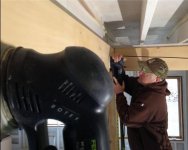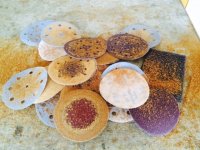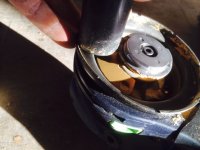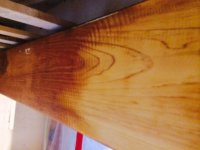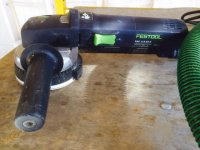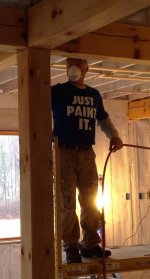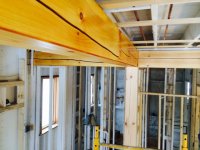- Joined
- Nov 24, 2011
- Messages
- 2,004
This thread was split off (thanks Peter) from the Festool Selfie thread.
I will be sharing some of what we have been doing with a customer whose house burned, but not all the way. Just burned enough to be a tremendous project to gut and rebuild.
Here's the kicker: THE FIRE STARTED IN A BASEMENT WORKSHOP!!!!
A faulty surge protector on an outlet strip servicing several battery chargers for cordless tools. I'll be gathering up some of the chronology and sharing all the different phases of the project. Fire restoration work is a bird of a VERY different feather, so tool and product selection have been challenging and interesting - an extreme testing ground for all of our gear and product combos.
Hope you enjoy.
I will be sharing some of what we have been doing with a customer whose house burned, but not all the way. Just burned enough to be a tremendous project to gut and rebuild.
Here's the kicker: THE FIRE STARTED IN A BASEMENT WORKSHOP!!!!
A faulty surge protector on an outlet strip servicing several battery chargers for cordless tools. I'll be gathering up some of the chronology and sharing all the different phases of the project. Fire restoration work is a bird of a VERY different feather, so tool and product selection have been challenging and interesting - an extreme testing ground for all of our gear and product combos.
Hope you enjoy.


